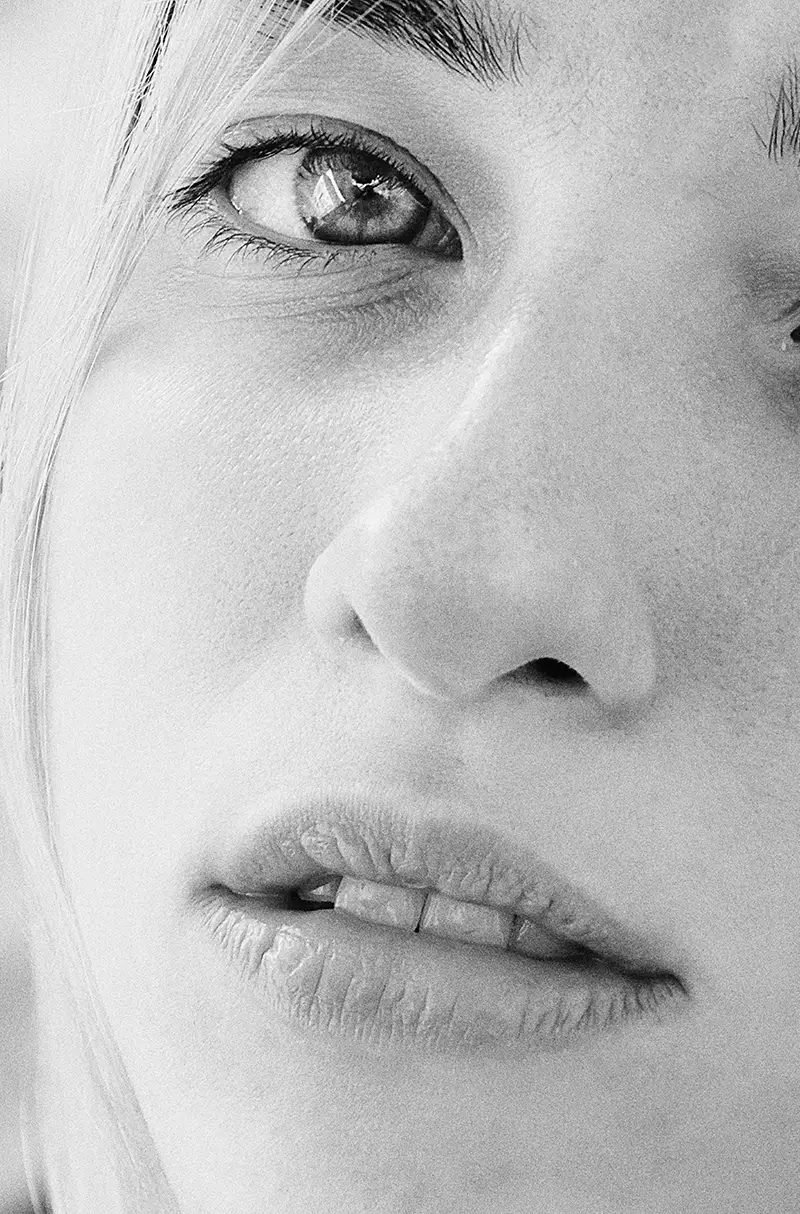Aesthetic corrections
& functional improvement
Nose operations
Nose operations, or rhinoplasty, are surgical procedures to improve the shape, size or function of the nose. Aesthetic nose corrections are popular to make the face look more harmonious.
A successful operation can increase self-confidence and well-being if it creates an appearance with which the patient feels comfortable.
In addition to aesthetic considerations such as“too big“,“too long“,“too crooked“,“pointed nose” or“bumpy nose“, there are also functional problems that you can have treated at the same time.



Nasal septum surgery
Find out more

Correcting the tip of the nose is not really a critical procedure,
but requires surgical precision work.
Nose tip
Correction
The nose is a striking feature of the human face. Its texture is an essential factor in the overall appearance of a face. If the nose has noticeable blemishes, most people feel uncomfortable with them and want to have them corrected.
This can be a hump on the nose, a nose that is too long, a nose that is too wide, but also a snub nose that stands in stark contrast to otherwise very elegant facial features
In many people who want a nose correction, the nose has a very beautiful shape in itself, which is only spoiled by a small detail. at the tip of the nose looks uneven and incongruous in the overall appearance. However, the tip of the nose is the most difficult part of the nose job and requires a lot of experience, as it is crucial for breathing and can therefore be treated for medical reasons alone. This is performed by a specialist on an outpatient basis, under local anesthesia and almost painlessly without tamponades.
Nose tip correction is one of the absolute specialties of
Dr. Sawatzki
. His specialist training in ENT and additional qualifications in plastic surgery make him the ideal choice for this aesthetic operation. Dr. Sawatzki was trained by Prof. Dr. Mang, a renowned nasal specialist.
Find out more
Nasal surgery at a glance:
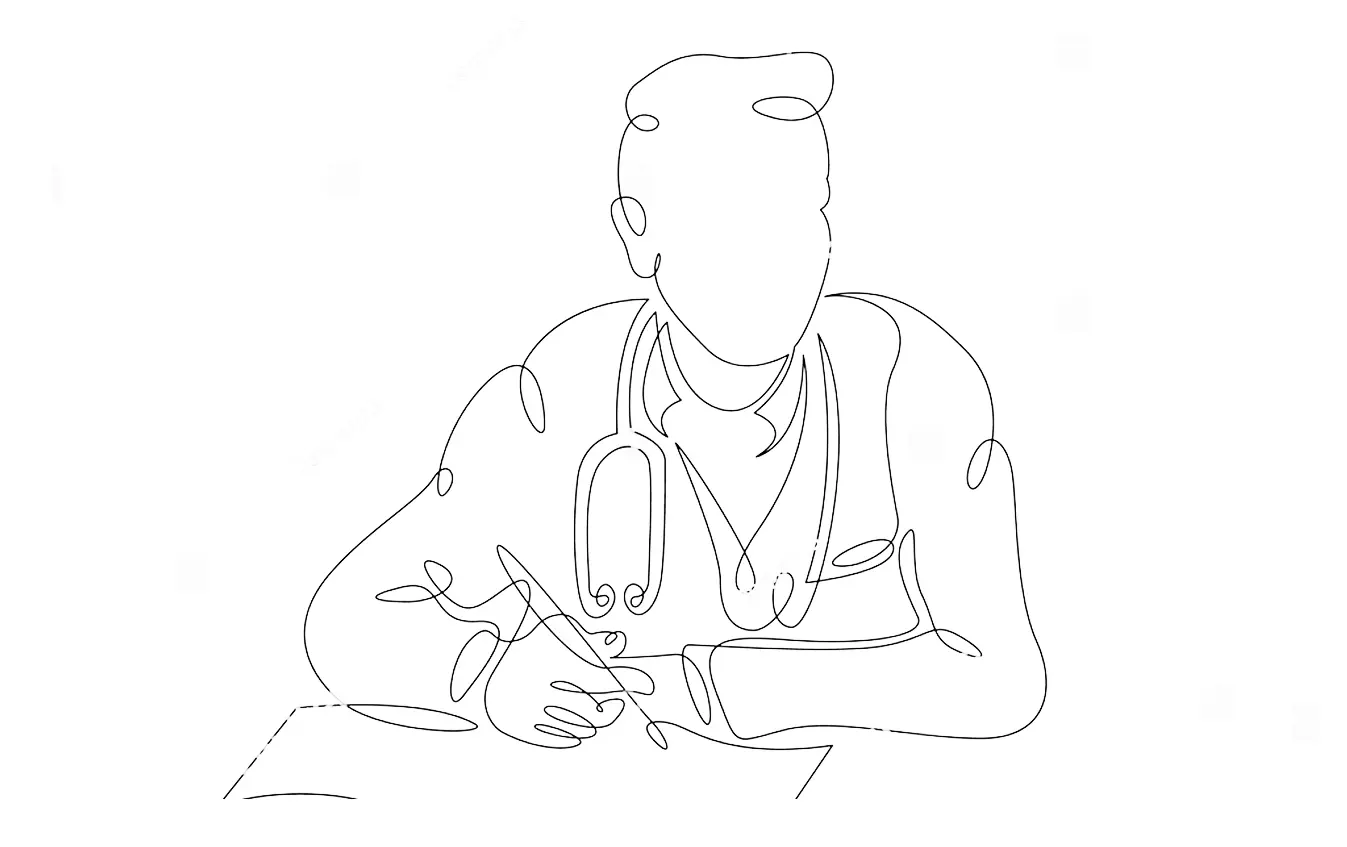
Consulting
During the consultation, many examples can be shown that will also convince you.
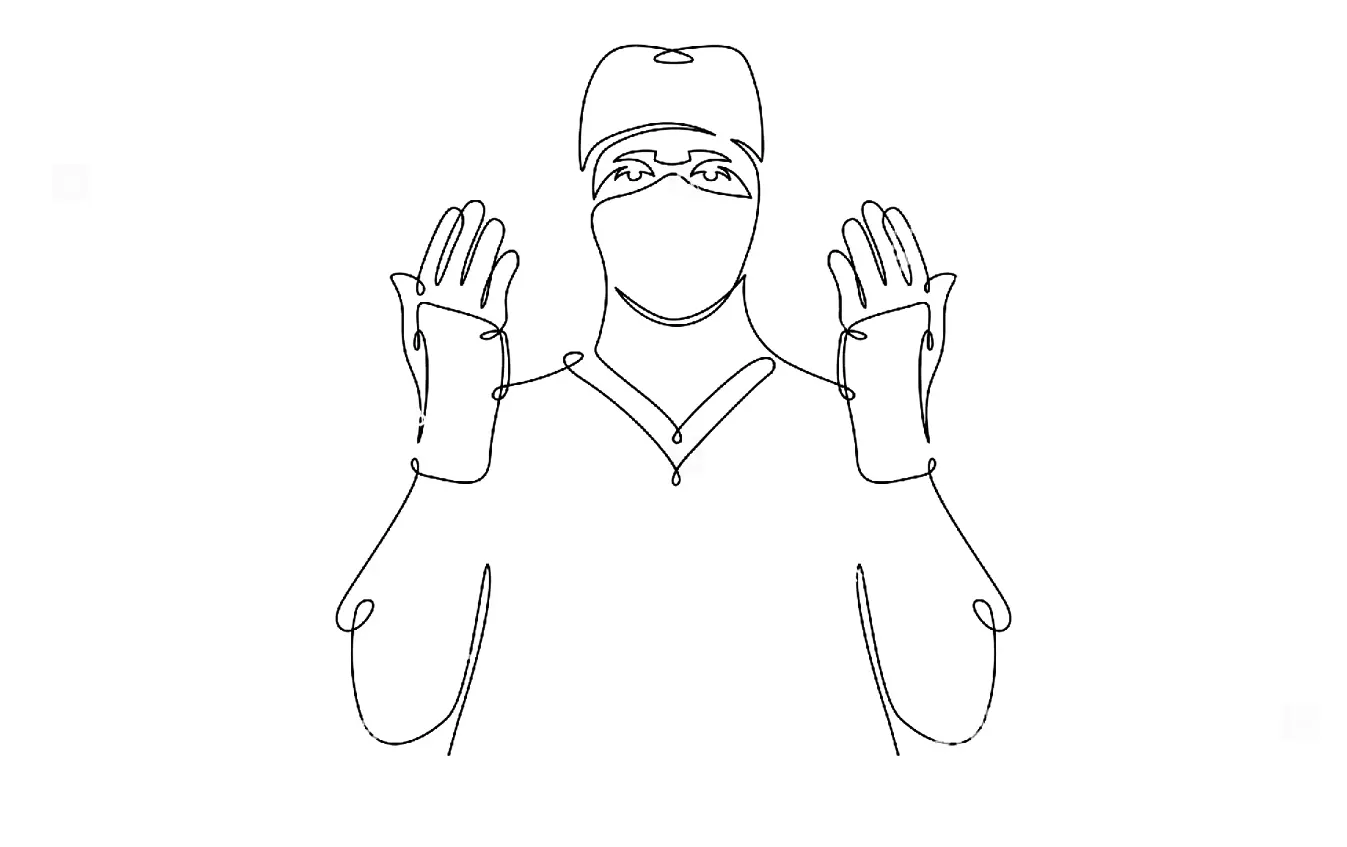
Operation
Local or general anesthesia, depending on the type and extent of the procedure. If only the tip of the nose is corrected, this can be done on an outpatient basis
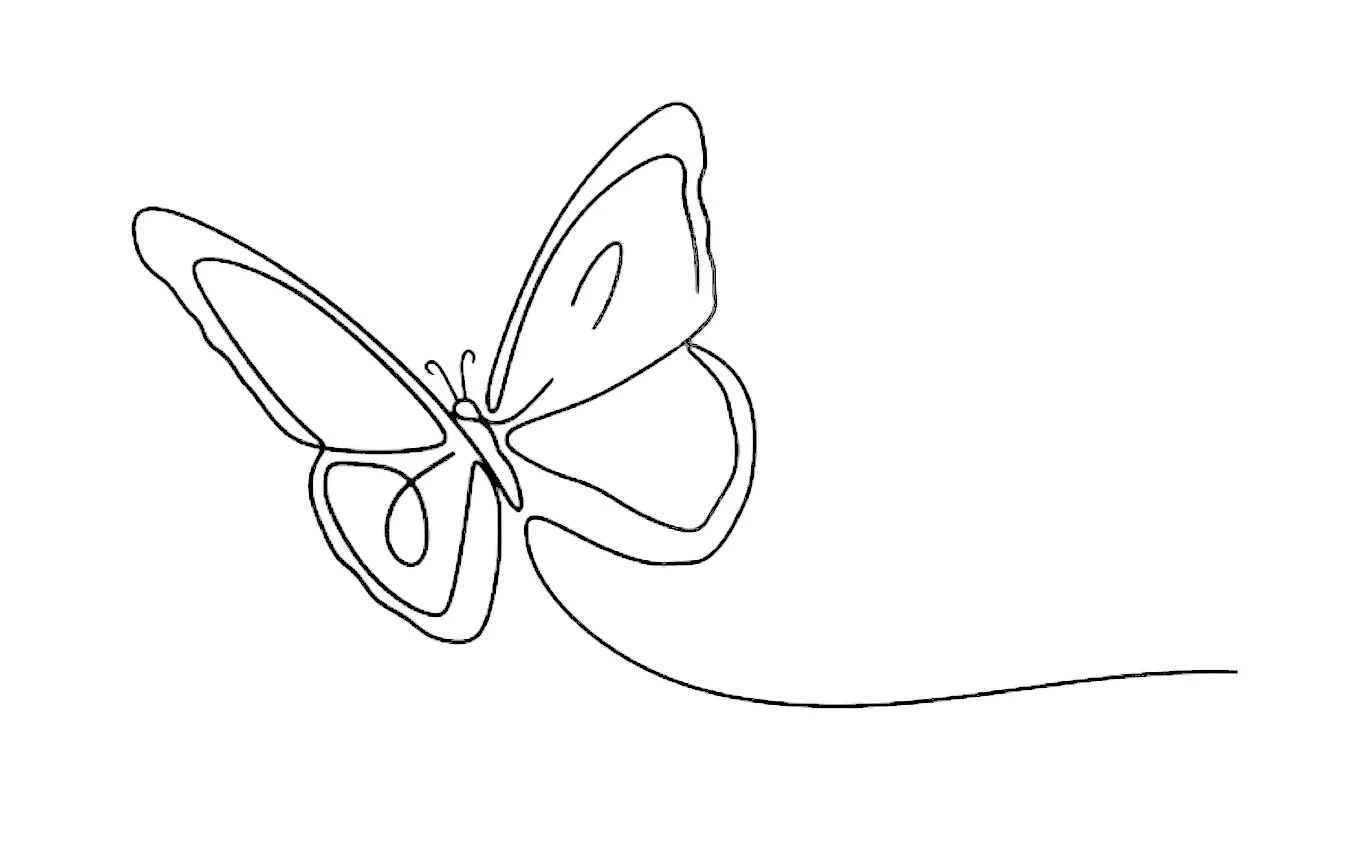
Back at it again
On average, patients are socially acceptable after about a week.
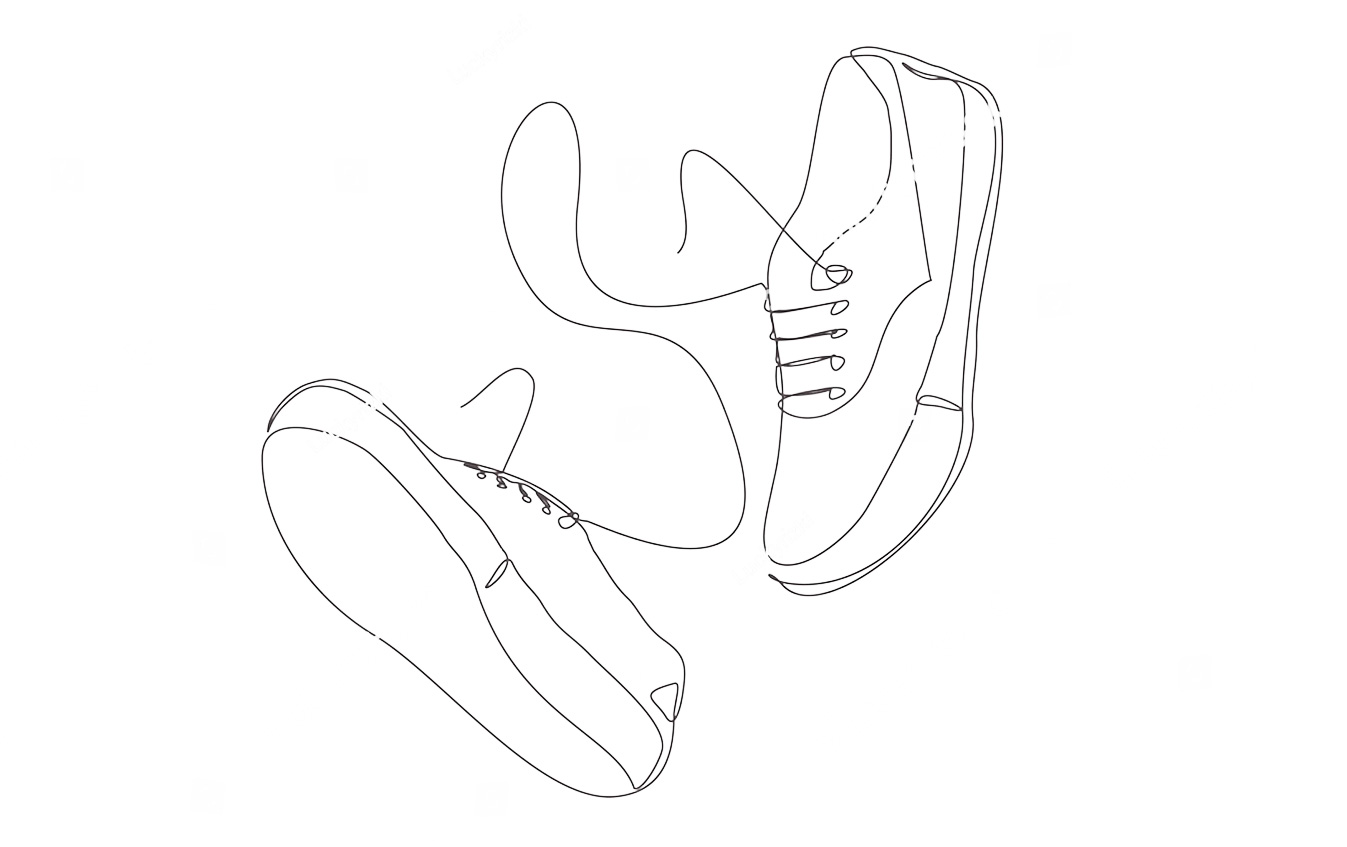
Sport & Leisure
For min. 3 – 4 Wo. no physical strain and exertion.

Miscellaneous
A nasal septum operation can be covered by the health insurance.
Conclusion
Thanks to his ENT specialist training and his additional qualification in plastic surgery Dr. Sawatzki Dr. Sawatzki has the specialist knowledge and extensive experience to meet the medical and aesthetic requirements of rhinoplasty. His keen aesthetic sense enables him to design the ideal nose for each individual patient.
Nose surgery can be combined with various aesthetic procedures to achieve a comprehensive and harmonious result. For example, with a breast and/or lip correction.
A combined operation reduces the overall risk
and saves time and costs.
